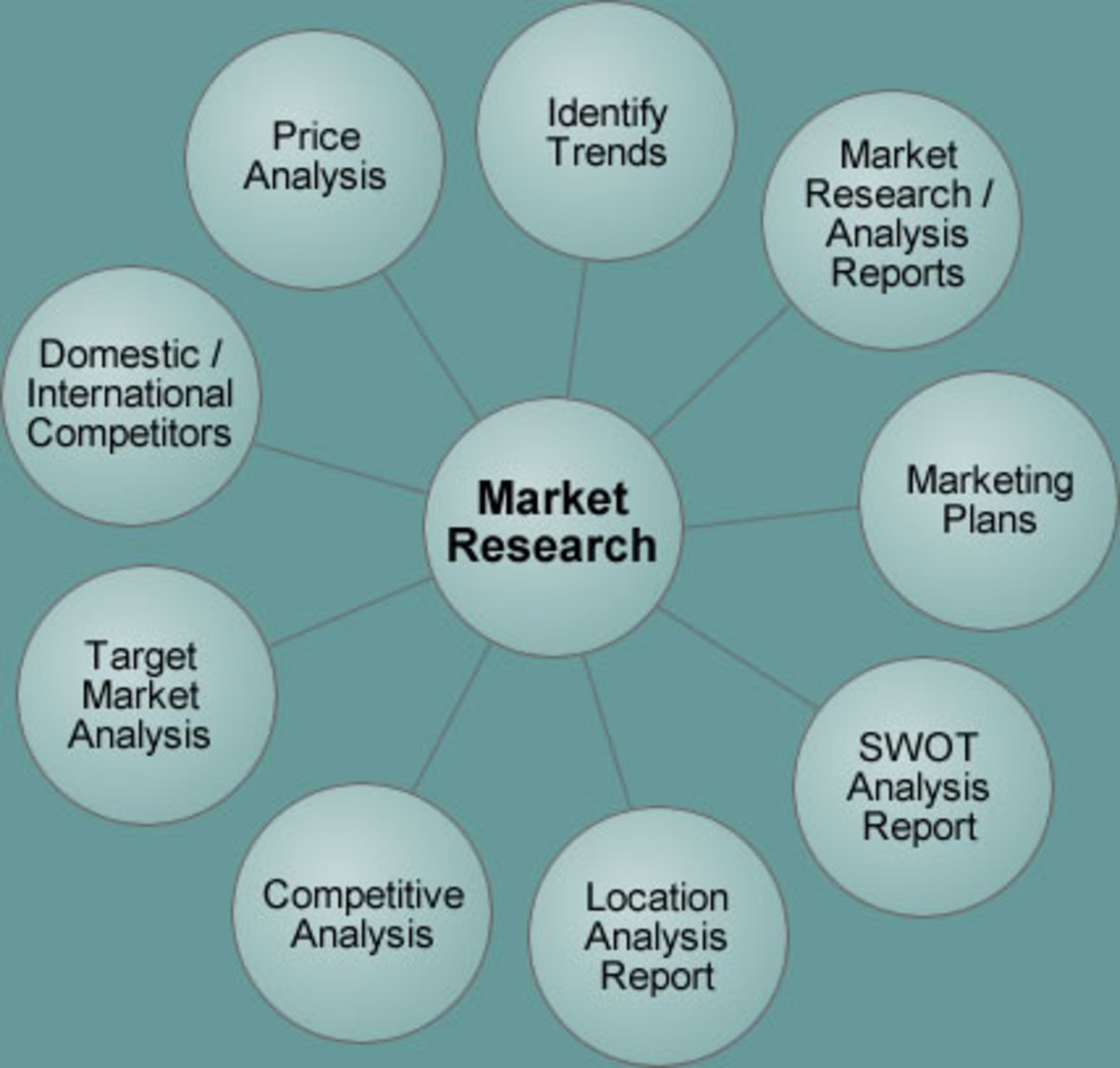Call Center Training

PCA v Training
One of the hardest things to convince management about is the delivery of training. Call centers driven by PCA stats (% of calls answered) are what I refer to as time poor environments. Management are aiming for high KPI (Key Performance Indicator) targets and are reluctant to allow staff off line time to complete training sessions. It is only when training sessions are vitally important, new product releases for example, that time is allocated to training.
What management often fails to understand though, is by keeping your staff engaged and by measuring the knowledge levels, you can actually improve PCA. Time invested in training will bring a greater ROI (return of investment) in the long term.
The trick is to allow small chunks of training to be delivered on a regular basis with measures to analyse an individuals skill set. By understanding your call takers skill and knowledge levels you can then match your callers to your call takers. This creates its own efficiencies that not only improve PCA, but actually achieves the one thing that many call center managers forget.... Customer satisfaction!
The by-product of this is call taker job satisfaction. They end up taking calls that they are confident in dealing with and are therefore more engaged providing a more efficient service.
A Perfect world
I can hear you saying, "your theory is all very well in a perfect world but..." I didn't say it was going to be easy to achieve, however it is not impossible. I have just spent the last 8 months putting my model in place and have seen continued improvements in PCA and employee engagement throughout the period. In addition customer satisfaction has improved by 12% and PCA remained stable and on target.
I have a team of eight people designing and delivering training to a call center of roughly 250 people. This is more than enough for the model I use and has even allowed me to expand my services to other areas of the business applying the same model regardless of environment.
Before I go on....
Firstly this isn't something you need to buy. I'm not selling anything, I am sharing my experience of something that works for me in my call center. I am not promising a quick fix and I make no assurances that this will work for everyone. I am sharing this knowledge in the hope that other businesses may benefit from a very good, simple and robust training model. Training is usually the first thing in a business to get dropped, especially in tight financial climates.
So why am I doing this? Two reasons. Firstly I am passionate about training and I want others to be passionate too. Without training we struggle to achieve anything and have to learn by mistakes, sometimes costly mistakes.
Secondly, if you click on the Google ads or buy something through the Amazon links, I get to earn a few pennies for my efforts. So you see I do have an ulterior motive to share my model with you, but not a totally commercial one and I haven't sold out to the man.
Assess - Train - Assess again
Put simply, this is the key to the training model. This is particularly relevant as a starting point. Essentially you need to baseline what you currently have in place. This allows you to understand how much you need to do to get where you want to be. It allows you to understand where you want to be. It gives you an idea of how long this will take and how much resource you will need.
The plan is to firstly understand each of the unique components and skills that are required for your employees to carry out their role. For example, a call taker in a typical customer service call center will need the following skills:
How to use the phone system properly
How to use the various computer based systems to find customer details and service their customers. There may be more than one system they need to use to do this.
They will need some knowledge and understanding of the products they are servicing. There may be an entire range of products from simple to complex.
Break down the requirements of the call takers skill sets at a fairly high level. You can then sub divide this into specific areas of that subject. Again and example may be the phone system. You could break down the skills of using the phone system into:-
Answering calls
Outgoing calls
Transfering calls
Ending calls
So for this one subject we have four subdivisions. We understand what skills are required to complete that one task. We therefore understand how we can assess someones skills in using the phone and we also understand what skills we would need to train.
OK I know what skills everyone needs
You should now have been able to evaluate all of the key skills your call takers need. I would suggest you restrict this activity to groups that perform the same roles at first but more of that later.
I'm assuming that you may have say 50+ call takers, all required to do exactly the same role. Therfore they all have the same skill set requirements. You have identified what those skill sets are and have broken them down into sub sections or components that make up that subject.
What I did next was to create some skills assessments. Quite simply a series of questions about the subjects. The key here though was to ensure the questions were aimed at each specific sub section of a topic. Again, let's use the phone example.
5 questions on how to answer the phone
5 questions on how to transfer a call
5 questions on how to end a call
5 questions on making an outgoing call.
To back this up, I have 4 training packs, one for each sub section. ie a training pack on how to end a call, a pack on how to make a call, etc.
I think I see where this is going.
So...refering back to our model of Assess - Train - Assess again, we ask the questions of the call taker about how to use the phone system. The results come back and show us that they are very good at all aspects except for transfering calls. This may be that they don't do it very regularly or whatever... however we now have a very specific target area. We only have to deliver training on how to transfer a call.
So rather than waste a half a day delivering the standard call center training on how to use the whole telephone system.....all we need to do is have a quick but intensive 15 minute session on how to transfer a call.
Once the training has been delivered, a further assessment is taken to confirm that the individual now has the skills and knowledge for the subject covered and you can move on to the next one.
What has just happened is that you have had an individual that may not have been performing 100%, may have lost a lot of customers simply because they were unable to transfer calls. They probably dreaded any calls that required transferring and so were not completely comfortable in their role. By identifying where the skills shortfall was and targeting it, the amount of training time was dramatically reduced. Off line time was minimal, performance gains were enormous. Employee engagement was a huge weight lifted off that persons shoulders and customer satisfaction is maintained.
That all sounds too easy
In reality it isn't that easy but its not difficult either. There are some challenges you need to consider.
The measures:
One of the key elements is the Assessment "pass" mark. In my experience, people don't respond well to being "Tested" and pass marks can be an issue. My approach to this was using the word "assessment". Also advising that there is no pass or fail. In reality it is a cut off point that decides whether an individual requires additional training or not.
Calculating the "pass" mark will depend on how many questions you ask regarding a particular sub - topic. Remember the sub - topics are the key to the efficiency of delivering targeted training. In my model there are roughly 7 or 8 questions per sub topic and the pass mark is 84%. This allows some margin for error but you may even want to consider anything up to 100% pass depending on the criticality of the subject.
Time:
Time is always against us but set some realistic targets. I set a target of 2 complete subjects per week to be assessed with any training requirements to be delivered within 28 days of a completed assessment. This keeps a momentum going and employees soon get into the swing of regularly completing assessments. The assessments only take around 15 to 20 minutes to complete and either offline time can be given or they can be completed in between calls. As long as the assessments don't require long written answers there should be no problem with this.
Continued assessments:
I have a rotational assessment set up. A passed assessment is taken again after 6 months. This reaffirms the employees knowledge and accounts for any updates or changes to that subject. It also ensures continued employement for the training team.
Assessment Tools
I'm not going to specifically recommend any commercially available tools. However, I am going to recommend that you use a commercially available tool. The tool I use is web based and performs a wide variety of functions.
The assessments consist of a series of multiple choice questions, true/false or visual mark on the picture tests. The picture questions are particularly useful when assessing the use of systems so that you can fully understand an employees knowledge of how to use a particular screen etc. They are required to click on a designated hotspot within a screen shot in order to answer a particular question.
Try and avoid the need for written or free type answers as this would remove the automation of marking and require someone to sit down read and assess an answer.
The tool I use allows pools of questions to be added and then a random selection presented. This is very good for covering a large number of employees as there can be no collaboration in assessments and a true picture of that individuals abilities is produced. My model contains around 100 - 150 questions per subject but an employee would only receive a random selection of 25 - 35 questions from that pool. In theory, no two people will sit the same assessment and the assesment will change everytime they log in.
Trying to put something together like this without a commercially available tool would be very difficult as the most important aspect is the automated reports it generates from the results.
The reports produced detail the individual, the Subject, the sub - topic and the score for each sub - topic. From these I export them into an Excell spreadsheet and can produce graphs and charts to measure everything and record progress.
Training types
As we are considering a time poor environment, we have to consider the best ways of delivering effective training. We have already managed to break the training requirement down into a specific target area. The question now is how to deliver that training?
I use the Honey & Mumford method. Understanding a persons learning style first. This further makes best use of your time as someone who is a Theorist may not want someone to come and sit with them and explain a subject. It may be more prudent for them to actually read the instruction book in order to gain a full understanding.
The four key learning styles are:
Reflector - may take their time reaching a conclusion
Theorist - think things through, likes logic
Activist - jumps in and gets on with it trying it out first.
Pragmatist - plans before action.
Therefore you need four main training styles to account for this. To this end I produced a training web site that had visual slide packs, facilitation packs and reading packs. My trainers can then identify the sub topic required for training, identify the employees learning style and then direct them to the training style best for that individual.
Facilitation allows a trainer to sit side by side with an employee for a short period, collaborating and mentoring the employee through the information and learning they need. This makes best use of your training team as some time they may simply need to ask someone to read something, alternatively they can be there for support answering any clarification questions. Those that require additional support can therefore recieve it with a more personal led approach.
Using this method, the amount of training delivered can be enormous but without impacting offline time with something like classroom based training sessions.
Classroom based training is still effective though and not to be discounted. Your assessment results may identify a large group of individuals with the same needs. This is where you can apply your efficiencis and show a good ROI as the classroom session will be specific to those that require it and short enough to cover the area identified. A complete course would only be required for new starters.
New starters.....
On the subject of new starters, one you have written all of your assessments and training packs, you have in effect an off the shelf induction package. You will know exactly how long it takes to deliver and each pack will be automatically tailored to an individuals learning style. This means you can train individuals or groups from scratch and get more bang for your buck. Once they had been through the complete course of skills assessments and training material, they can simply fall into the cycle of 6 monthly assessments the same as everyone else.
If a line manager indicates any particular issues, these can be addressed through the assess - train - assess again, process.
If you have any further questions or queries regarding this model, please feel free to post them in the comments section. Alternatively you can contact me directly through the hub pages and I would be happy to offer any support I can.












